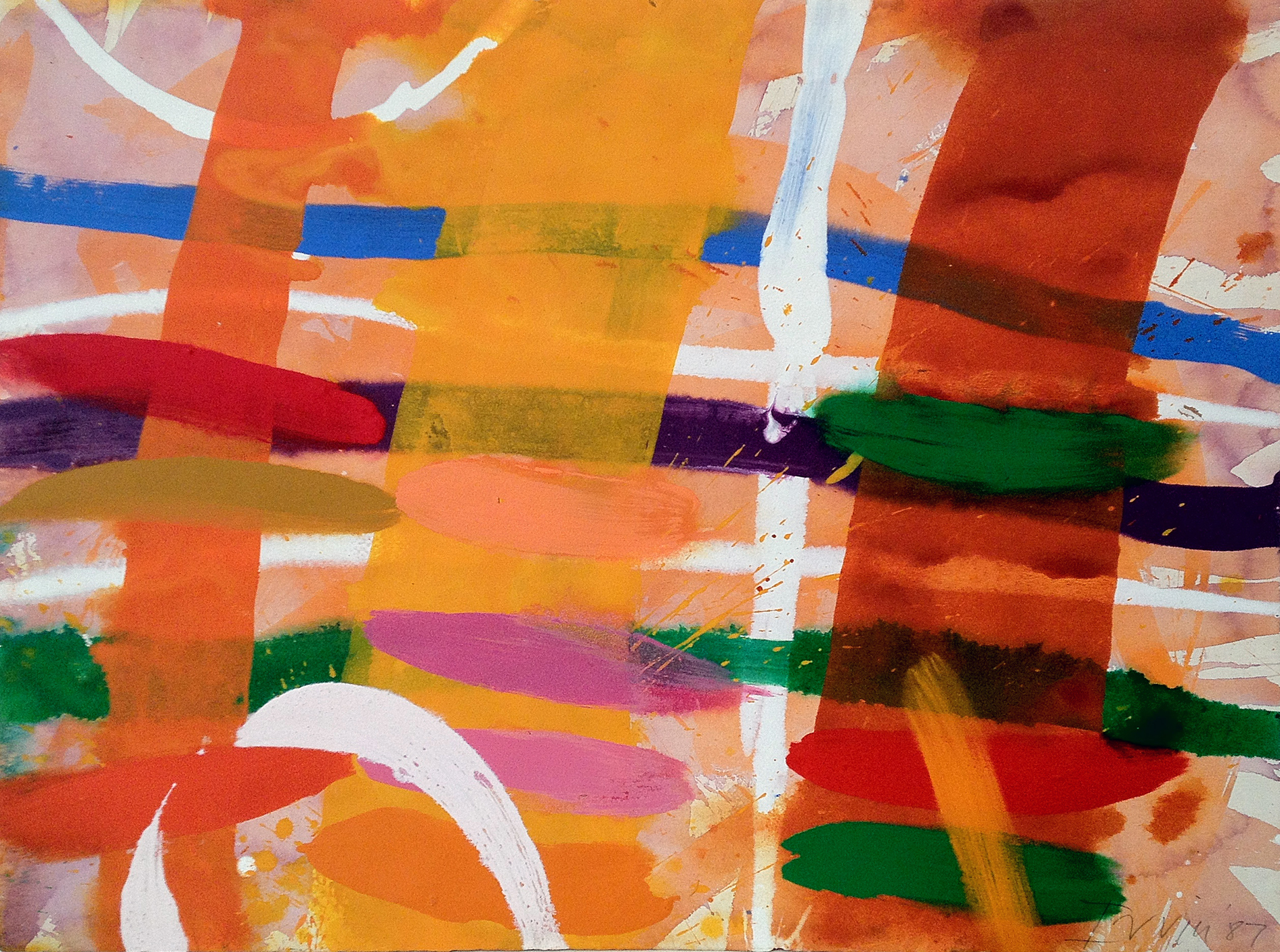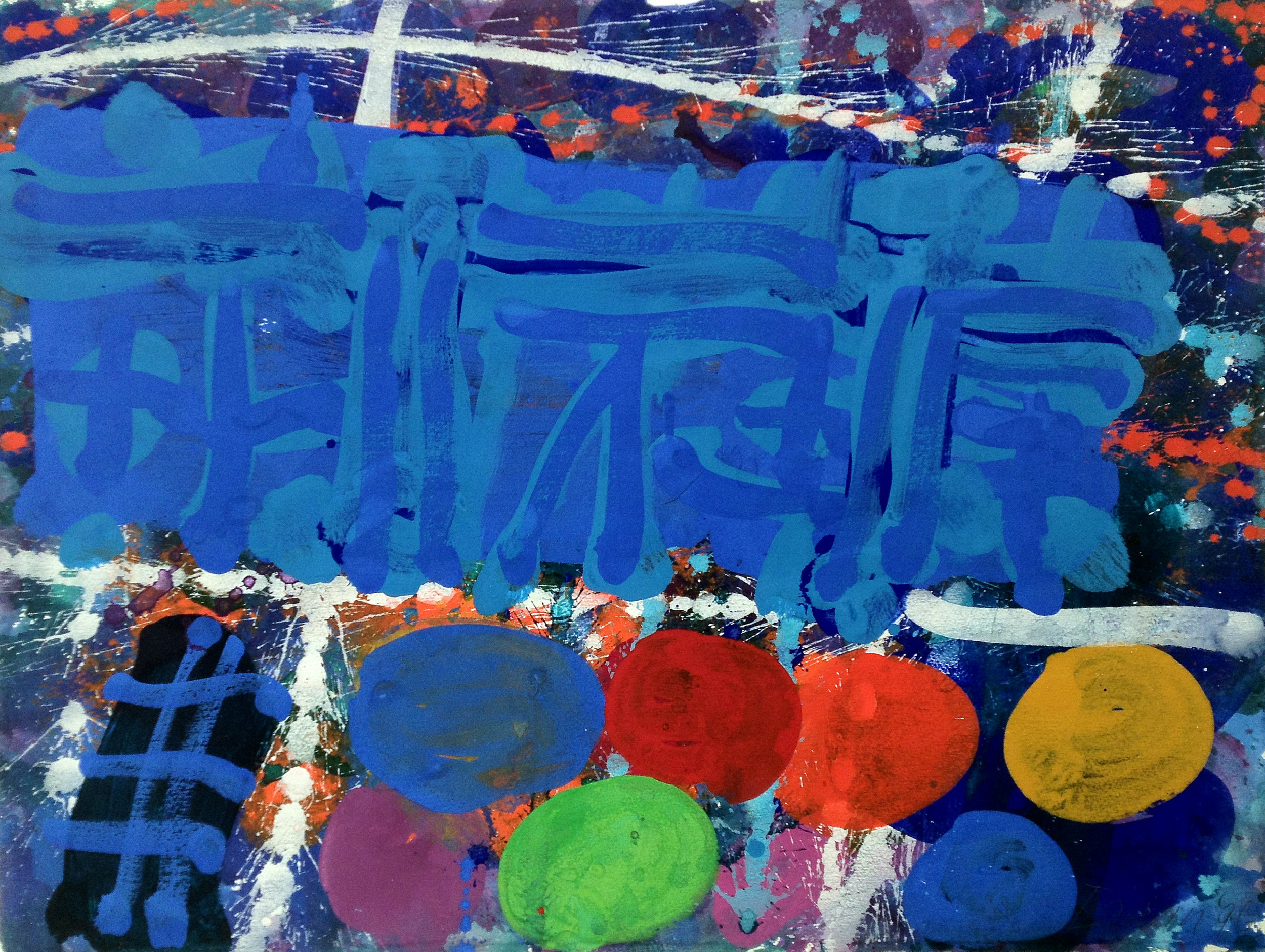Albert Irvin RA OBE
Albert Irvin OBE RA
Albert Henry Thomas Irvin OBE RA (21 August 1922 – 26 March 2015) was an English expressionist abstract artist.
Born in London he was evacuated from there during World War II, and went to study at the Northampton School of Art between 1940 and 1941, before being conscripted into the Royal Air Force as a navigator. When the war was over, he resumed his course at Goldsmiths College from 1946 to 1950, where he would later go on to teach between 1962 and 1983 where he met and became good friends with Basil Beattie, Harry Thubron amongst others. He was elected to The London Group in 1955. He worked in studios in the East End of London from 1970 onwards.
In the early 1950's Bert met and was hugely influenced by many of the "St Ives" artists - Peter Lanyon, Roger Hilton, Terry Frost, Sandra Blow amongst others.
He was best known for his exuberant paintings, watercolours and gouaches that reinvigorated painting in Britain in the 70s and 80s. His works exude an absolute joyfulness, both in their riotous colours and the energy of their marks. Irvin’s service during the war as an RAF navigator, is said to be a great influence on his work, with the paintings’ criss-crossing grids of sweeping, fluid lines often linked to the aerial views of the landscape he would see.
Irvin won a major Arts Council Award in 1975 and a Gulbenkian Award for printmaking in 1983.
His work was widely exhibited both in the UK and abroad, in such places as Arts Council of Great Britain, Birmingham City Art Gallery, the Chase Manhattan Bank, the Contemporary Art Society, Manchester City Art Gallery, Tate Britain, the Victoria and Albert Museum and Warwick University Arts Centre.
Exhibitions at Gallagher & Turner:
Formations
21st March - 27th April 2019





